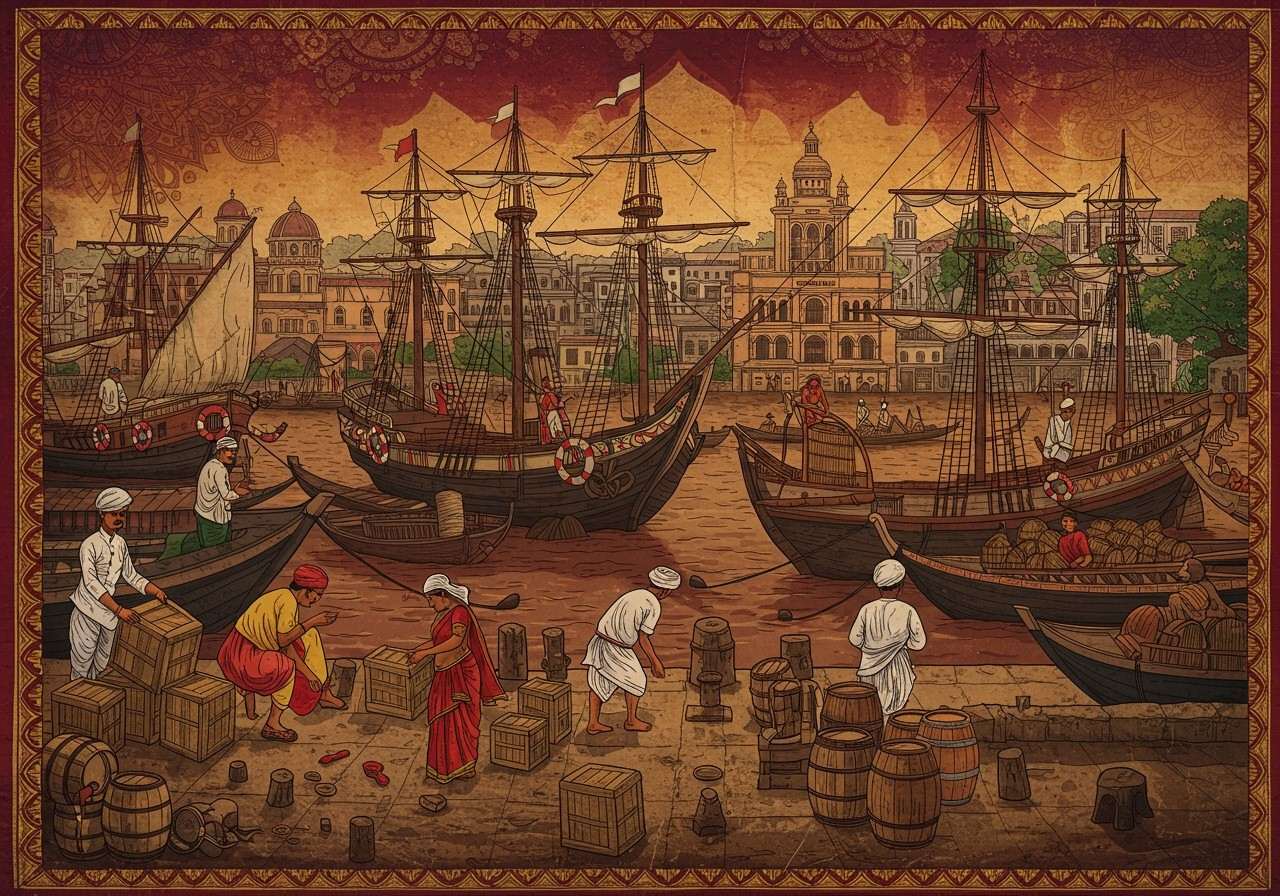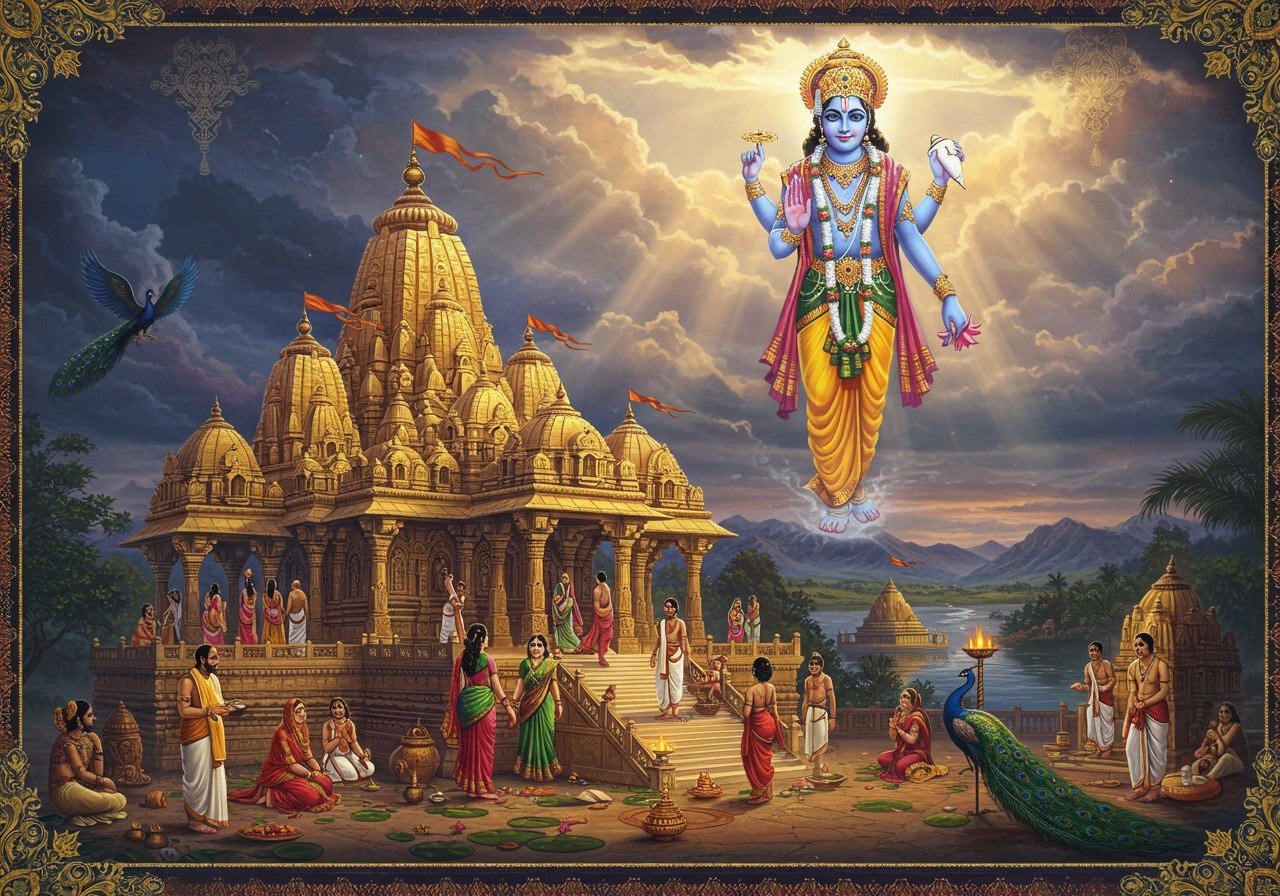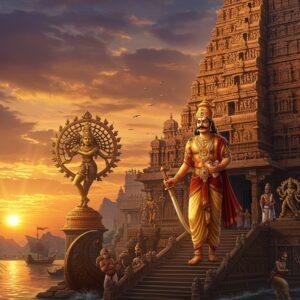
Come, let’s take a journey back in time, not just through pages of a history book, but along the gentle currents of the Hooghly River. Here stands the Syama Prasad Mookerjee Port, formerly known as the Port of Calcutta. It’s not just India’s oldest operating port; it’s the heart of countless stories, a silent witness to the ebb and flow of our nation’s destiny. For us, who cherish our roots, this port is more than just a place of trade—it’s a living museum of our shared heritage.

The Dawn of a Legacy: From Humble Beginnings to a Global Hub
Long before the British East India Company laid its foundations, this area was a quiet settlement of weavers and artisans. But the deep waters of the Hooghly held a promise. This potential was truly unlocked when the Mughal Emperor Aurangzeb granted trading rights to the British. From that moment, a small river settlement began its transformation into a bustling gateway to the world. It became the lifeline for the tea and opium trades, shaping not just our economy but our place on the world map.
A Melting Pot of Cultures and Stories
The port wasn’t just a conduit for goods; it was a meeting point for people and cultures. Traders, settlers, and fortune-seekers from all corners of the globe arrived, weaving their customs into the fabric of Kolkata. This vibrant exchange gave birth to the city’s unique architecture, its world-famous cuisine, and grand festivals like Durga Puja, which fills our hearts with joy every year.
However, the port also holds poignant memories. Following the abolition of slavery in 1833, it became a major centre for shipping indentured labourers. Between 1838 and 1917, over half a million Indians embarked on uncertain journeys to distant lands, carrying their traditions and hopes with them. Their stories are a vital, though often painful, part of the port’s history.
This beautiful, complex heritage is something we carry within us. The rituals we perform, the traditions we uphold, connect us to these very roots. At Poojn.in, we understand this deep connection. That’s why we bring you authentic items to honour your traditions. For instance, our Handmade Dhuno Pot is perfect for creating a sacred atmosphere during your pujas, reminiscent of the timeless fragrances that have filled Bengal’s air for centuries.
Navigating Challenges and Triumphs
The journey of the port was not without its challenges. The constant silting of the Hooghly River posed a serious navigational threat. There was even a plan in the 1860s to build a new port, but it was abandoned because Kolkata was simply too important. The port stood resilient, playing a critical logistical role during World War II, even surviving bombings by Japanese forces. After independence, modernization efforts, including the development of the Haldia Dock, ensured it remained a vital economic artery for the nation.
The Port’s Enduring Legacy Today
Today, the Port of Calcutta is more than an economic hub; it’s a treasure trove of heritage. There are wonderful plans to preserve its history, including a museum at the Fairley Warehouse and initiatives to turn old vessels into floating cafes and heritage cruise boats. This ensures that the stories of our past continue to inspire future generations.
And like any place steeped in so much history, it has its share of local legends. It is whispered that the ghost of Nawab Wajid Ali Shah of Awadh still wanders the dockyard, waiting for a ship that never arrived—a hauntingly beautiful reminder of the hopes and heartbreaks this port has witnessed.
Connecting with Our Heritage Through Rituals
How do we keep such a profound history alive in our daily lives? It’s through the small acts of faith and tradition that we perform in our homes. When we prepare for a festival or a simple daily prayer, we are participating in a legacy that flows through time, much like the Hooghly River itself. The right items can make these moments even more special.
Whether it’s for a wedding or a puja, having authentic, beautifully crafted items enhances the experience. Poojn.in is here to help you find everything you need. From elegant thrones for your Laddu Gopal to complete collections of puja essentials, we make it easy to bring tradition home with the convenience of online shopping.
Frequently Asked Questions About Kolkata’s Historic Port
What makes the Port of Calcutta so unique in India’s history?
Its uniqueness lies in being India’s only major riverine port and its oldest one still in operation. Its strategic location on the Hooghly, far from the sea, made it a secure and vital centre for the British Empire and, later, for independent India. It was the epicentre of trade that shaped the entire eastern region of our country.
How did the port contribute to Kolkata’s cultural identity?
The port was a magnet for diverse communities. This constant interaction created a unique cultural blend, or a ‘melting pot’, that you see in Kolkata’s art, food, language, and festivals today. It transformed a small village into a vibrant, multicultural metropolis with a soul of its own.
What is the port’s role in modern India?
Today, the Syama Prasad Mookerjee Port continues to be a crucial trade gateway for Eastern India. It handles a diverse range of cargo and supports countless jobs and industries. It stands as a powerful symbol of our nation’s rich maritime history and its ongoing journey of progress.

